Greenest Park
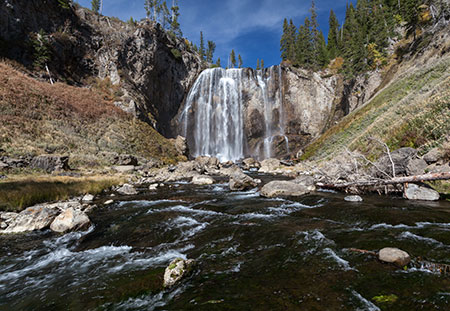
Yellowstone Forever supports projects that reduce Yellowstone's ecological footprint, increase operational efficiency, and better preserve environmental resources.
Greenest Park PROJECTS
Professional Support for Sustainability Projects – Lamar Buffalo Ranch
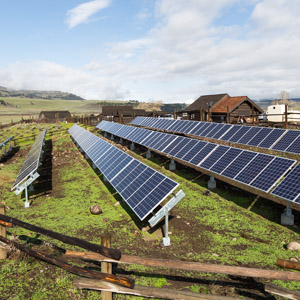 Photo Credit: Matt Ludin
Photo Credit: Matt LudinYellowstone’s historic Lamar Buffalo Ranch, originally created to preserve one of the nation’s last free-roaming bison herds, is now used as a ranger station and educational facility. Work has taken place in recent years to make the ranch more sustainable, including renovations to the historic buildings and improvements to the renewable energy systems. As technology advances, there is an increasing need to consult experts for review, advice, and sometimes implementation to ensure the park is using the best available options. Thus, Yellowstone anticipates an ongoing need for corporate partner assistance for this sustainability program. These project funds, provided through a grant from the National Park Foundation, will allow for continuing facility improvements and historic preservation at the Lamar Buffalo Ranch.
Through a Changing Lens
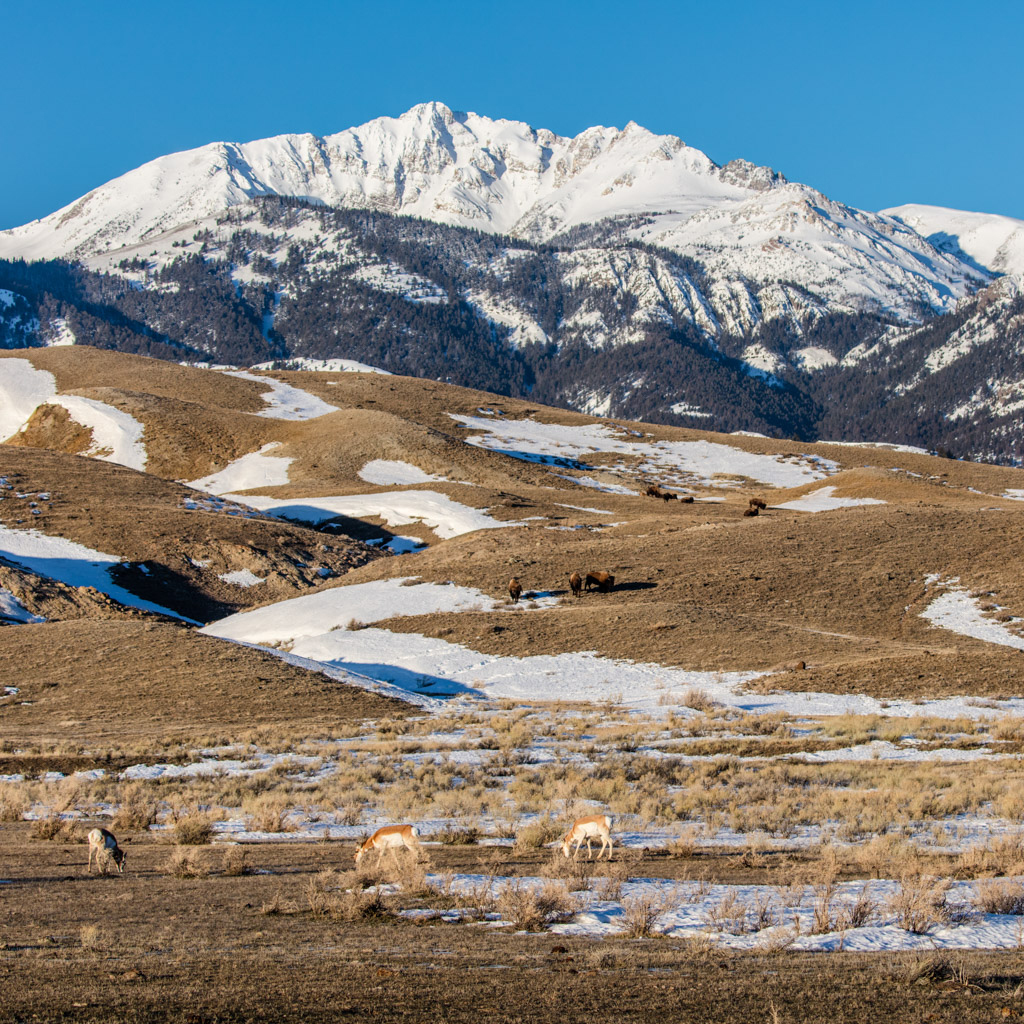 Photo Credit: NPS/Jacob W. Frank
Photo Credit: NPS/Jacob W. FrankYellowstone scientists and managers recognize the importance of a multidisciplinary understanding of the effects of climate change. Through this project, scientists will continue current climate change research, add two new monitoring projects, and implement actions in response to the adverse impacts of climate change on fish, wildlife, vegetation, and severity of wildfires. They will continue to monitor temperature, precipitation, snowpack, and streamflow at more than one hundred climate stations in order to understand and document climate trends in the park. Additional data will be collected from seven study sites by park resource specialists, graduate students, and teams of citizen scientists. Results will be reported to park staff and the public through presentations, websites, and publications.
Sustainable Pathways
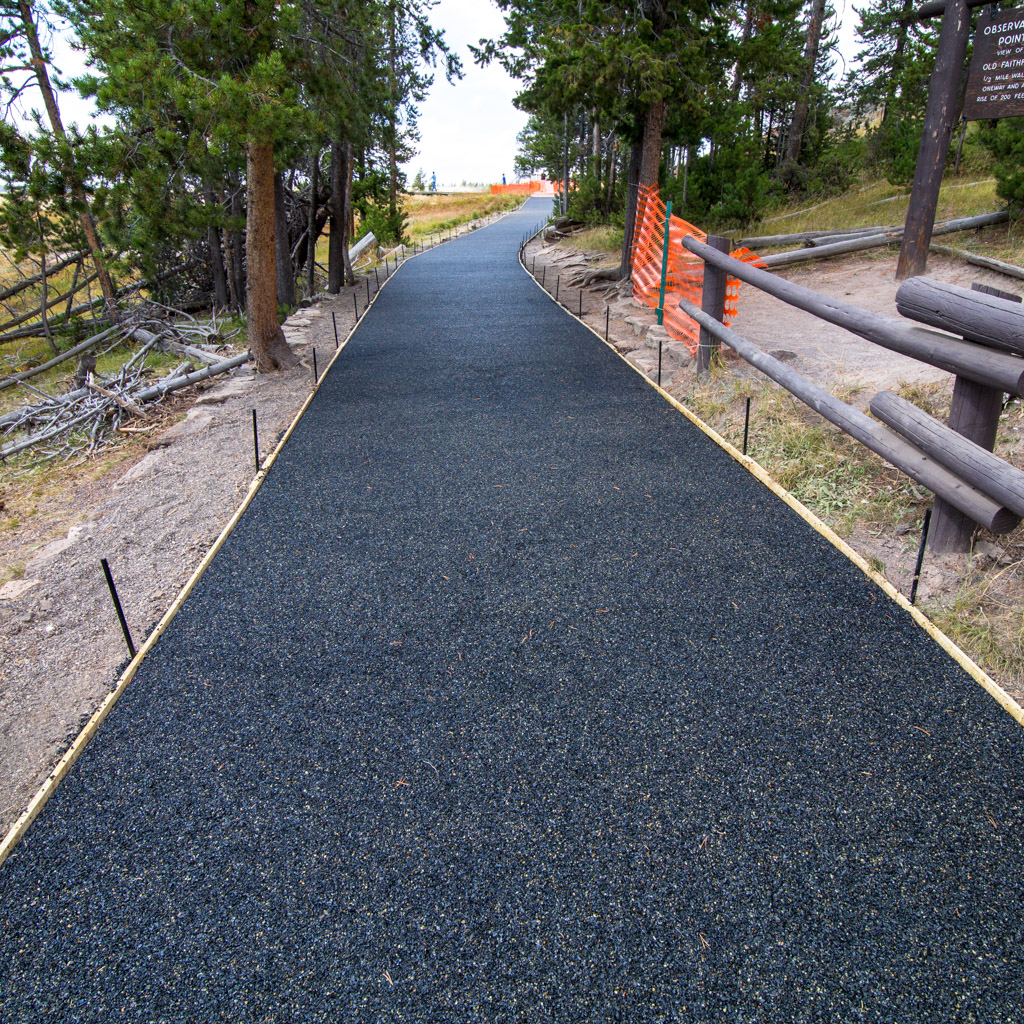 Photo Credit: Matt Ludin
Photo Credit: Matt LudinYellowstone is home to half the world’s thermal features, and most of them—including Old Faithful—are located at the Upper Geyser Basin. Millions of people visit the basin each year, and use the network of pathways that allows safe travel and up-close viewing of the thermal features. In partnership with Michelin Tire, park concessions, and local automotive shops, this project will re-purpose used tires from Yellowstone’s vehicle fleet to create material for accessible pedestrian paths. This material will create a new porous walking surface to replace existing asphalt paths in some of Yellowstone’s most iconic and well-visited front-country areas. The hardwearing surface will allow natural water recharge, reduce erosion and pollution, and keep Yellowstone’s tires out of the landfill.
Lamar Buffalo Ranch Conservation & Education Project
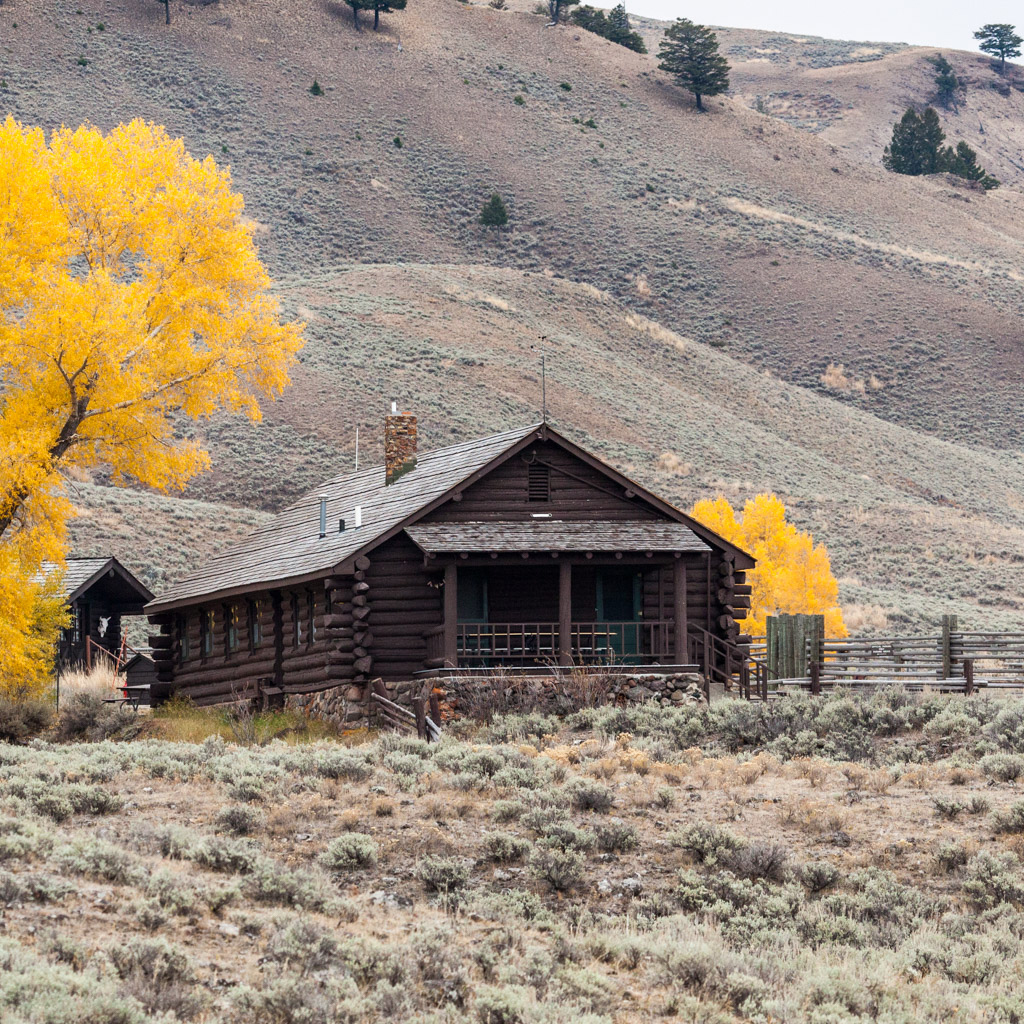 Photo Credit: Matt Ludin
Photo Credit: Matt LudinThe Buffalo Keeper’s House at the Lamar Buffalo Ranch is used as a year-round residence for rangers. This important historic building is in great need of restoration and has shown significant degradation that will likely increase if the problem is not addressed. The log building’s two porches are in disrepair, icy winds freeze pipes quickly—making it necessary to run water constantly all winter—and the outdated windows and lack of insulation make for a very cold building. The house has also been invaded by pests including ground squirrels, mice, pack rats, swallow, and bats. This project aims to carry out a major renovation for structural and energy conservation improvements, saving more than 2,800 gallons of propane and $5,600 annually.
Yellowstone Environmental Stewardship (YES!) Initiative
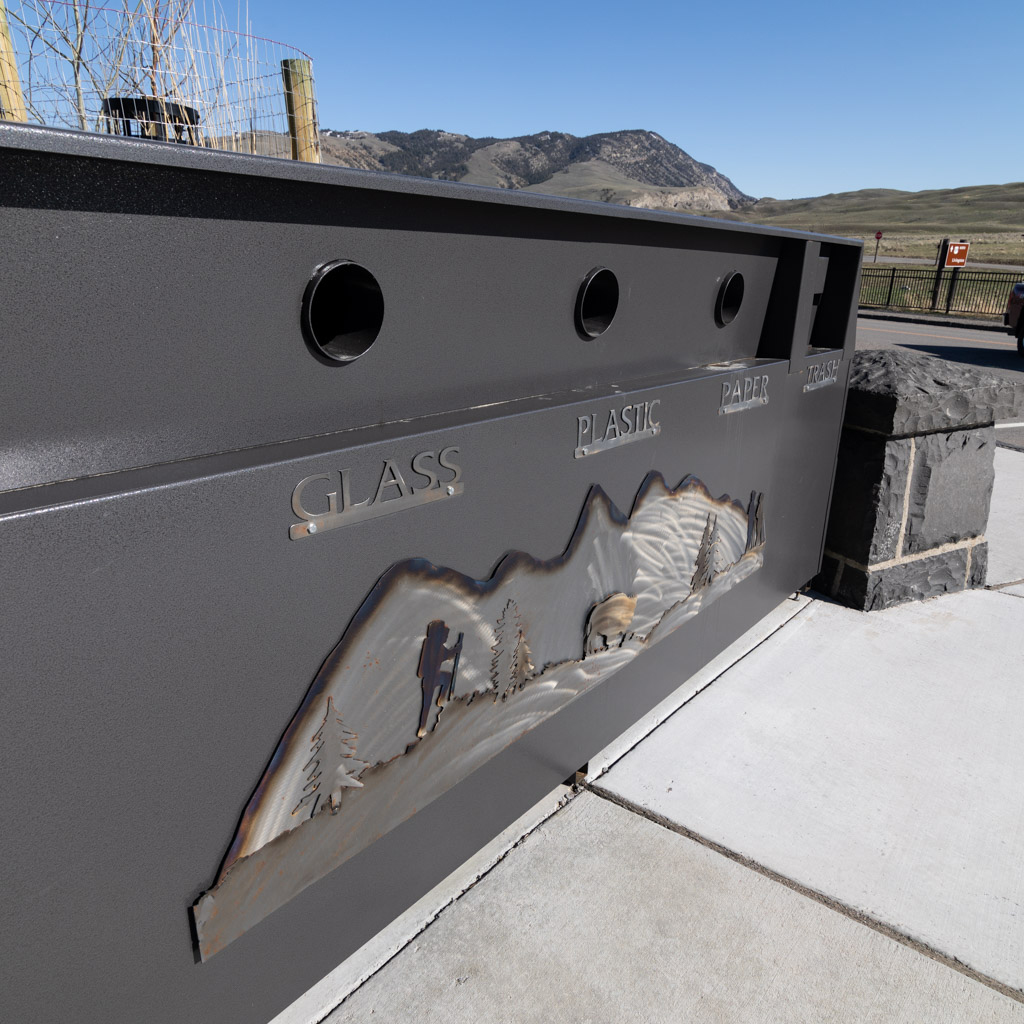 Photo Credit: Matt Ludin
Photo Credit: Matt LudinYellowstone’s history of actions to reduce energy and water use, and greenhouse gas emissions, illustrates its long-standing commitment to environmental stewardship. The park has continued its leadership and progress in this area by implementing an Energy Conservation Plan to achieve at least a 15% reduction in energy use by 2020. Through the Environmental Stewardship Initiative, Yellowstone Forever supports this effort by connecting the park with partners who can provide resources to help track energy use, implement best practices, improve buildings, and minimize vehicle emissions. In addition, park staff will continue to work closely with Montana State University on energy monitoring, management, and education, while supporting student projects related to environmental sustainability.
Dynamic Landscapes
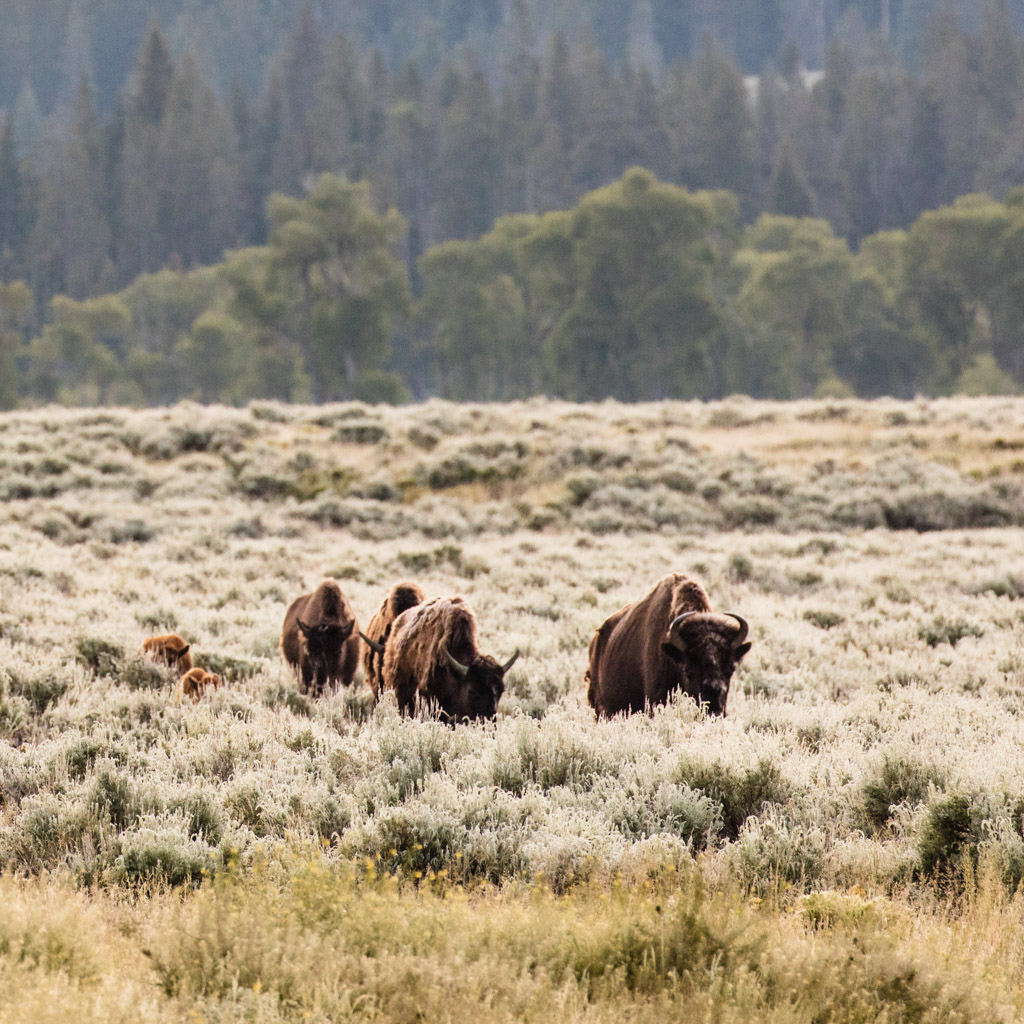 Photo Credit: NPS/Jacob W. Frank
Photo Credit: NPS/Jacob W. FrankEcological disturbances such as fire, drought, and invasive plants are all part of the sagebrush ecosystem in Yellowstone. However, the Earth is now in a period of climate change that may alter the natural systems. Long-term monitoring allows scientists to detect and track changes in the ecosystem over time, particularly in species that may suffer significant impacts under a changing climate. During the summers of 2015 and 2016, 65 permanent study locations across the park were established in sagebrush communities. The park has collected baseline information on each plot, including descriptions of 109 species. Five locations will be monitored annually, and the remaining sites will be read on a five-year interval. Study data will be invaluable to future scientists and managers in Yellowstone and the surrounding area.
Fleet Tracking
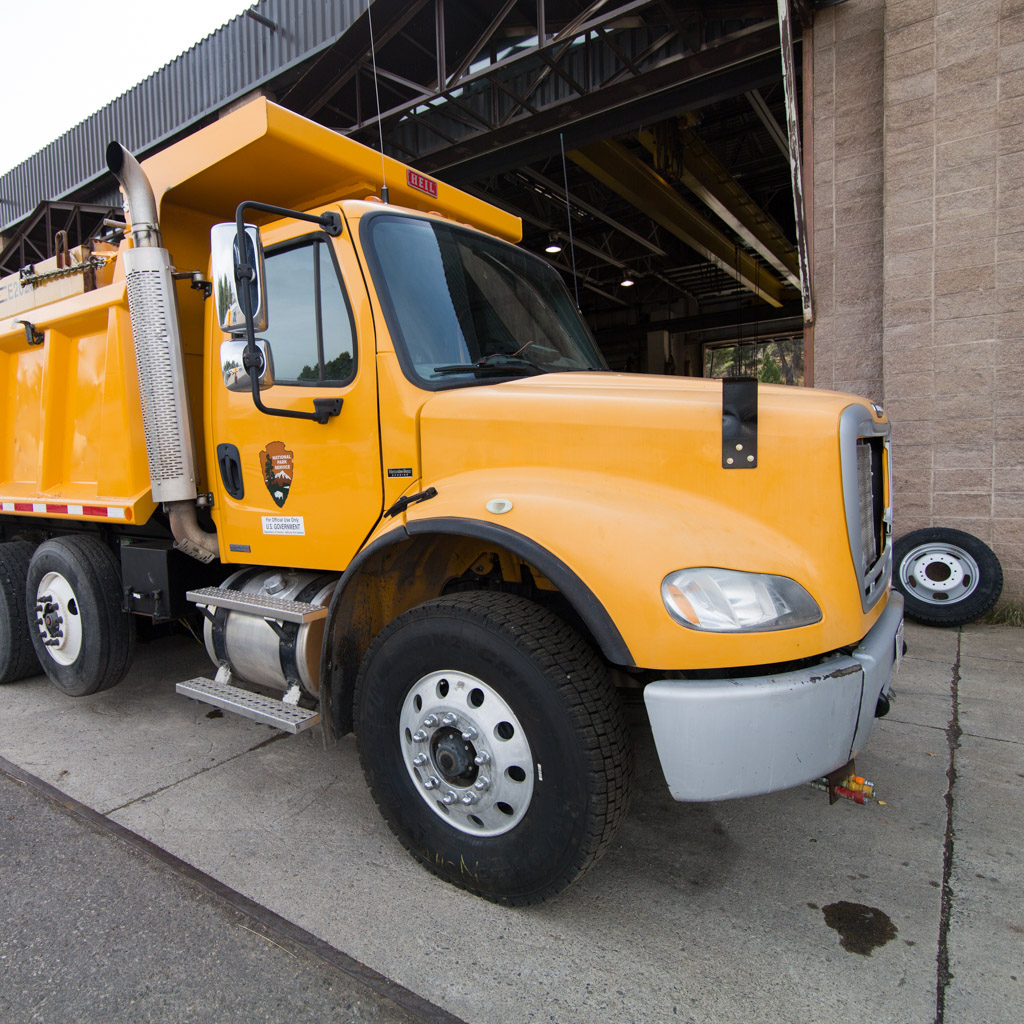 Photo Credit: Matt Ludin
Photo Credit: Matt LudinYellowstone National Park maintains a fleet of 800 vehicles, from ranger patrol cars and garbage trucks to rotary snow plows and load-hauling tractor trailers. The park has a goal to reduce the operating cost and the carbon footprint of its vehicle fleet. In order to do this, it needs reliable and objective information on how the vehicles are being operated to determine which vehicles are needed, where and how often they are being used, and the manner in which they are being driven. Twenty representative vehicles have had tracking units installed to be monitored for where, when, and how they are being used. This information will be analyzed in 2018 and lead to a better understanding of Yellowstone’s vehicle fleet and eventual reduction in use of fossil fuels.
